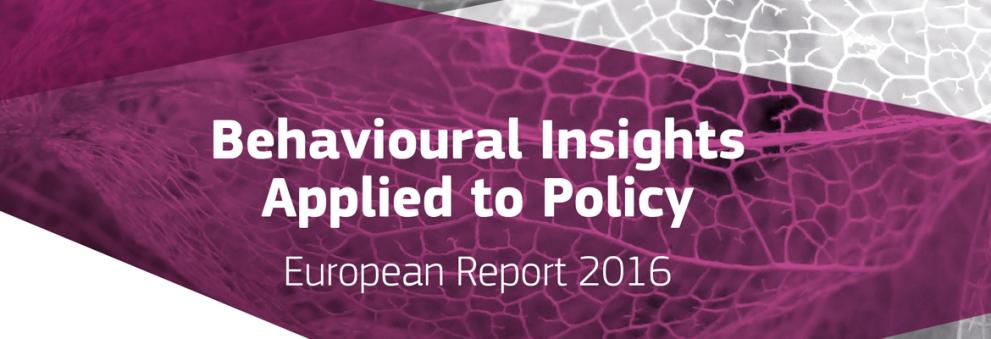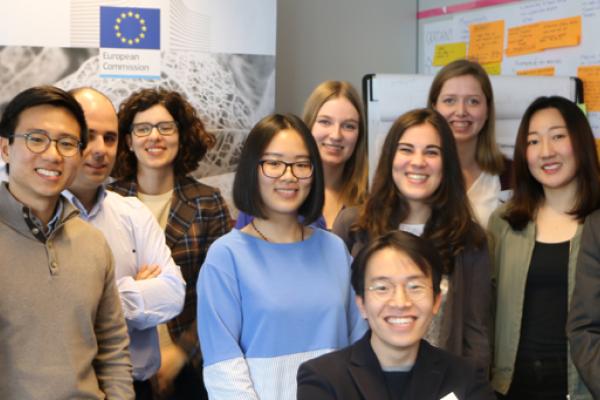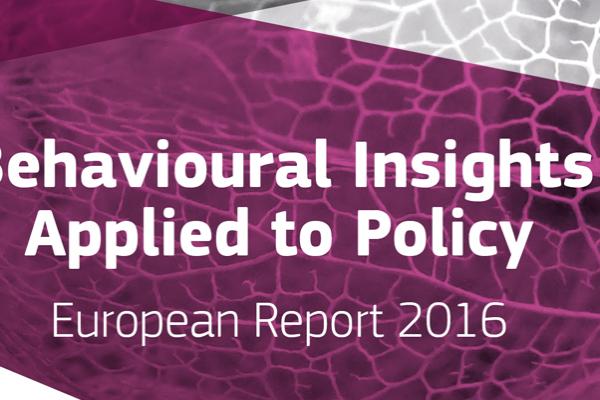
How do private companies ensure that new products will have sufficient demand? How can pharmaceutical companies be sure that new medicines will have proven health effects? How can the automotive industry design more aerodynamic and safer cars? While there is no mystery around what delivers better products in the private sector, yet the same approach struggles to trickle down to the public sector.
It aint’s what you don’t know that gets you into trouble. It’s what you know for sure that just ain’t so – Mark Twain
The single common feature behind new blockbuster products, new effective medicines, safer cars, is testing. Testing is what has accounted for a large chunk of process and product innovation in human history. Testing should apply even more to public policies, as their effectiveness often depends on how people react to them, and on the extent to which that reaction is embedded in the design of a policy solution. Such solutions are becoming ever more important, as public concerns, such as water scarcity, waste reduction, energy saving, obesity epidemics, long-term unemployment, tax evasion, road accidents, etc., increasingly require local policy action. Business-as-usual options – often based on false assumptions – are not likely to deliver such expected changes, and new solutions need to be designed.
In designing new solutions, behavioural sciences provide some direction and help. Behavioural sciences – including behavioural economics, psychology, sociology, and anthropology – are based on observations of how people behave, instead of how we expect them to behave. They show that people tend to underestimate events happening in the distant future (i.e., they are myopic), they are influenced by what others do (i.e., by social norms), and that they prefer to avoid losses than to acquire equivalent gains (i.e., they are loss averse). In fact, behavioural evidence has been used by the private sector for some time in order to design better products and services. In an attempt to increase turnover, some low-cost airline companies offered travel insurance in pre-ticked boxes, since the evidence showed that consumers tended to stick to the default option (incidentally, this practice has been banned by a new EU Directive that aims to protect the consumer). Similarly, if a supermarket wants to sell more candy, it will give them prominence by placing them in the cashier lines, as it has been proven that choice architecture affects purchasing behaviour.
Behavioural Insights in public policy
In public policy the same logic applies. For example, if road accidents are on the rise, and pedestrians crossing the road seem to be the main victims, simply repainting zebra stripes may not be effective at reducing accidents. Some municipalities around Europe are testing stricter speed limits (i.e., 30 km/h) in residential areas, together with protected zebra crossings, and in so doing, changing the architecture of the crossing itself and increasing the visibility of pedestrians. Similarly, some countries have changed their approach to bringing the previously unemployed back to work, acknowledging that it is more effective to encourage claimants to make specific commitments to future actions (this is known as implementation intention) than to collect information about their recent past (search) activity.
Some international institutions (i.e. the European Commission, the OECD, the World Bank, the US Federal Government), as well as some European countries, are increasingly using behavioural insights to inform public policies, with substantial successes. The behavioural approach to policy-making – testing new policy solutions with real people in mind –requires decisions to be taken as closely as possible to the citizen. Indeed, closeness to the citizen can go beyond mere geographic proximity, and may – by extension – imply a better understanding of how people behave in real life. If properly implemented, experimenting new policy solutions may also have the side effect of increasing public officials’ sense of togetherness and tapping in to their creative potential.
At the European Commission’s EU Policy Lab, we have mapped out behavioural policy interventions around Europe, at national level and beyond. The results of this exercise will help in sharing knowledge, identifying capacity-building needs, creating a network of policy practitioners, which should eventually lead to better policy-making. We have published today the “Behavioural Insights Applied to Policy: European Report 2016” and the related specific country fact sheets! You will find them all on this JRC Science Hub page. We expect to be able to update this overview on a regular basis, therefore this should not be considered as an exhaustive list.
We talked with some of the speakers at the presentation event and asked them their opinion on the report…Have a look at the video below!
Should you be interested in such an initiative or have information to share, please contact us at the following address: JRC-CCBI ec [dot] europa [dot] eu (JRC-CCBI[at]ec[dot]europa[dot]eu) (JRC Competence Centre for Behavioural Insights)
ec [dot] europa [dot] eu (JRC-CCBI[at]ec[dot]europa[dot]eu) (JRC Competence Centre for Behavioural Insights)
Details
- Publication date
- 26 February 2016
- Author
- Joint Research Centre
- EU Policy Lab tags


